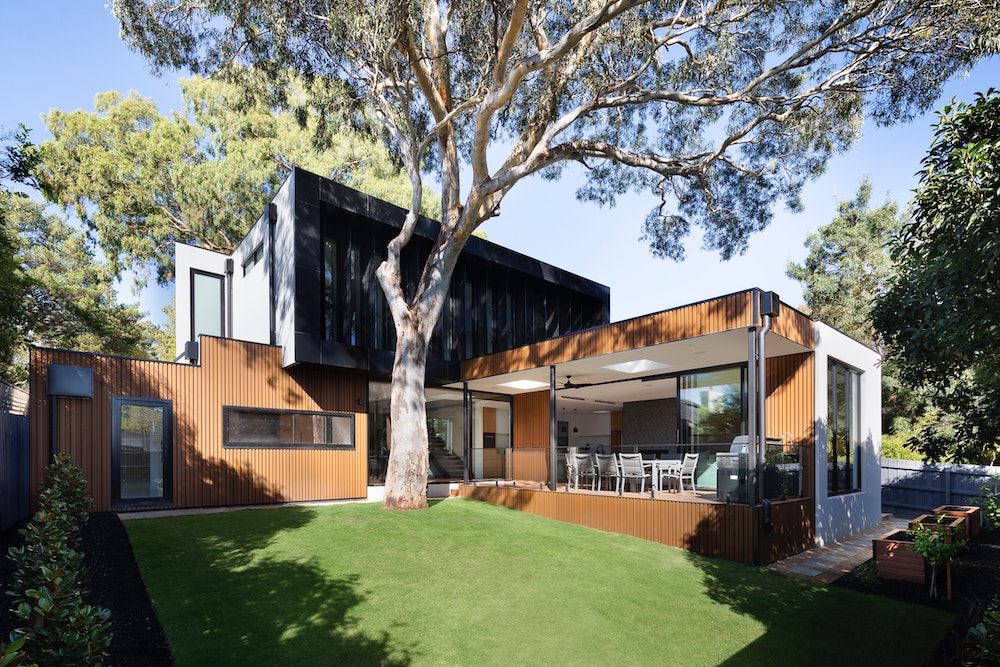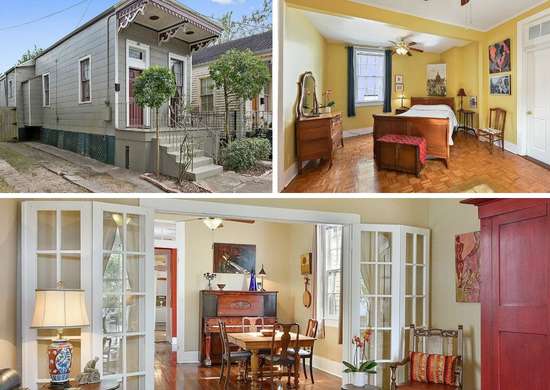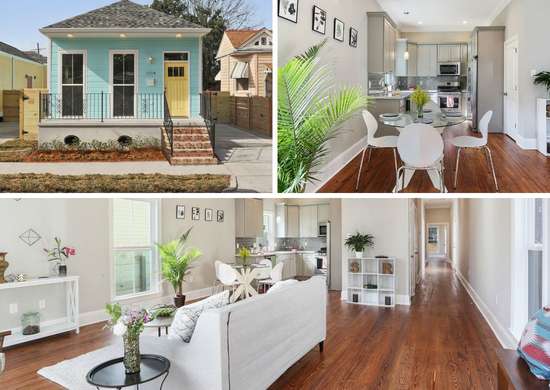Article
AFFORDABLE HOUSING RESPONSE: THE SHOTGUN HOUSE

It is estimated that the housing deficit in Kenya is about 250, 000 Units annually, with only about 50,000 units being built each year to meet this deficit. The bulk of this deficit is largely felt in the urban areas, where most of the urban population lives in unenviable conditions. This population is largely represented by those working in the informal sector having emigrated from the rural areas in search of better pay.
The various urban housing interventions including the ‘flowery’ Affordable Housing Programme proposed by the Kenyan government do not meet this demand in fact and in theory. Statistically, it is estimated that real estate solutions targeting the slum dwelling, low-income population, are only about 2% of all concerned efforts. Furthermore, due to the informal nature of the income of this demographic, they cannot, in the traditional sense, be considered for mortgage. It therefore goes without saying that the low-income demography has been left unassisted to find a solution to the housing problem.
The solutions that they have come up with are also a clear indication of their levels of income and professional input that is at their disposal. The question still begs therefore: Is it about AFFORDABLE, or is it about DECENT housing?

Response
To answer this question some have formed housing cooperatives; others have been left to the mercy of exploitative landlords and others are literally on the streets. Largely however, the norm in informal housing, where the bulk of the urban population resides, is: temporary structures on small lots. These establishments lack basic services of water, plumbing, electricity, lighting and ventilation that are critical to decent living.
These temporary structures are built by the owners or landlords for renting out with minimal or no design intervention from design professionals. This response to housing has to an extent addressed the challenges being faced, but the resulting effects to quality of life, including mental health have been traumatic. It is therefore a high time, as stakeholders in the construction industry; begin to look into interventions that complement the existing culture in the slums of: Small Lots, DIY (Do It Yourself) construction and Row, Close to the street housing.
SHOUTGUN HOUSES
The word shotgun traces its roots from West Africa, in the Dahomey Kingdom, from the word ‘to-gun’ – a place of assembly. These houses were first built in Haiti where slaves drew inspiration from their West African design responses of no hallways or corridors, maximum social contact of those in the household and rectangular forms. Shotgun houses are therefore not a new intervention to the housing problem and can to some extent be considered as an example of African solutions to African problems.
After Haiti, some of these slaves were moved to New Orleans, by fleeing slave owners, due to the Haitian Rebellion against the French, which led to the independence of Haiti. These slaves popularised shotgun houses in their new ‘home’. Freed slaves later adopted these houses to also solve their own housing problems. New shotgun houses were essentially compact or minimalistic in their design, with spaces lined up one behind another or branching off from a single hallway. Further, they used inexpensive materials and responded to their immediate environment by creating a vibrant street culture.
The Kenyan context presently, though centuries later has lots of similarities to the various issues the freed slaves faced, albeit without the pain and trauma. Still we can borrow a lot from the genius of the Shotgun houses:
- Use of inexpensive materials – Iron sheets, old cut drums, bamboo, earth, salvaged material etc (currently being used) for the exterior; plywood, chipboard etc for partitioning and interior insulation.
- Compact design – minimise on circulation space, number of rooms and idle space; utilise shared spaces etc
- Row housing – for ease of connection to shared services of water, electricity and sewerage systems etc,
- Narrow rectangular designs – to economically utilise the finite urban land available; known or common shapes are easier and cheap to construct; response to the context of small lots while achieving acceptable indoor environmental quality.
- Design with the street – promote a vibrant street life as the street becomes an extension of the living room thus creating a sense of ownership of the street hence easily obliged to take care of it; creates a sense of belonging as you are in constant contact with the surrounding community therefore enhancing security.
- DIY Construction – typical designs that are easy to construct and adopt widely

Evolution
It is worth noting that, though the shotgun houses were filled with lots of positive solutions to housing problems, they were widely shunned and commonly associated with poverty. This has however always been the case with low income context based solutions where they are termed as low-tech and plebeian. If you however take an independent observation of the rich solutions that were contextualised by the African master builders of the years gone by, then the shotgun houses provided an unparalleled pedestal from which we can build upon. Consider this: the low income demography has either been deliberately or by design ignored. We might just as well empower them to provide solutions relevant to their setting.
You had probably therefore, from the foregoing write-up, inadvertently been drawn to the conclusion that the above design interventions are only meant for those in the slums. This may be true to an extent. However, if you happen to own a small lot i.e 50ft by 100ft, 40ft by 80ft, 30ft by 60ft, 20ft by 40ft or even 15ft by 30ft, you also probably need a less ‘costly’ solution. Architectural gems can be developed on your lot.
In our upcoming series we take a look into possible design interventions of these mentioned lots.
Let's Get Started
Ready To Create
Something Special?
Contact Lensta Construct for all your design and construction
management needs
management needs
